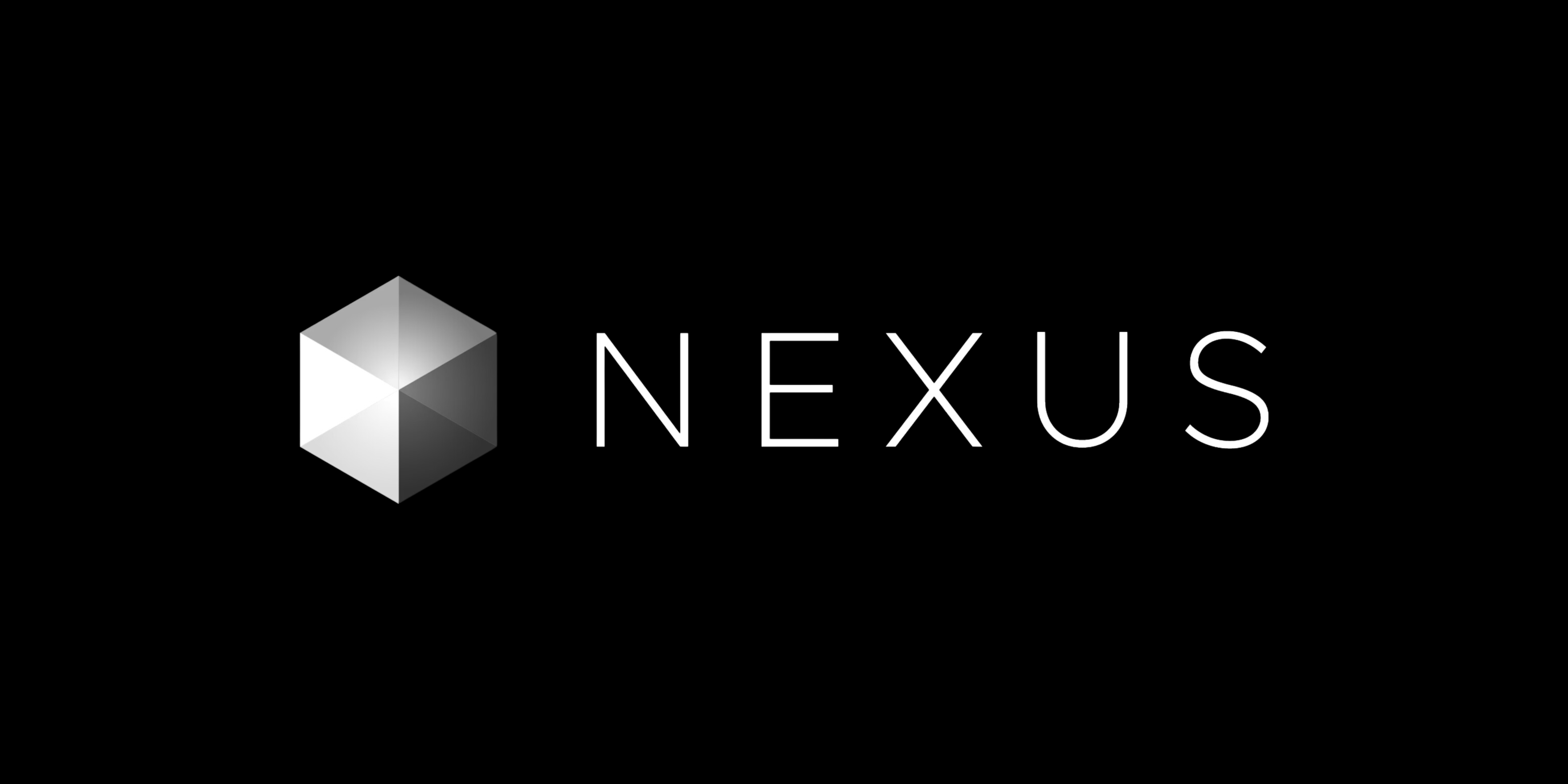Introduction
The Nexus zkVM represents a pioneering approach to blockchain virtual machines, specifically targeting zero-knowledge proof systems. Built with modularity and extensibility in mind, Nexus zkVM aims to provide a versatile, high-performance framework optimized for developers seeking scalable, verifiable computation. With its innovative use of Incrementally Verifiable Computation (IVC) and a robust, parallelized network, Nexus promises to enable a more verifiable internet, emphasizing both performance and security.
Innovation
Nexus zkVM introduces a highly adaptable and performance-focused environment. At its core, the Nexus architecture incorporates several innovations:
- Nexus Prover: A sophisticated prover designed to maximize efficiency in IVC through advanced folding schemes like CycleFold-variants (Nova, SuperNova, HyperNova). These folding techniques are state-of-the-art implementations that facilitate reliable, efficient proof verification.
- Proof Compression Mechanism: Nexus addresses the inherent large size of proofs by implementing recursive SNARKs, which allow the proofs to be compressed to just a few bytes. This capability significantly reduces computational costs, optimizing storage and efficiency.
These innovations reflect Nexus’s commitment to pushing boundaries in the zero-knowledge and decentralized tech space, positioning the zkVM as a cutting-edge solution for developers.
Architecture
Nexus zkVM employs a highly-parallelized, open-source framework designed to support modular components that can evolve alongside advancements in blockchain and cryptography. Some architectural highlights include:
- Modular and Extensible Design: Each component of Nexus zkVM, from the Nexus Prover to the zkVM itself, is structured to be modular, enabling easy customization and expansion.
- RISC-V Based Nexus Virtual Machine (NVM): The NVM leverages the RISC-V instruction set architecture (ISA), enabling it to support programs written in a variety of high-level languages (Rust, C++, etc.). Its compatibility with different ISAs, such as EVM, Wasm, and RISC-V, further underscores its adaptability.
This layered, modular approach makes Nexus zkVM a robust and future-proof platform for developers and enterprises alike.
Code Quality
Written in Rust, Nexus zkVM emphasizes code performance and security, both essential for a secure virtual machine environment. Rust’s inherent safety features, like strict memory management, complement Nexus’s focus on verifiable and reliable computation. The code quality demonstrates a high level of professional craftsmanship, with efficient, clean, and logically structured code that facilitates both development and peer review.
Product Roadmap
While Nexus zkVM has achieved an impressive technical foundation, its roadmap reflects the ambition to continually expand and refine its offerings. Key areas for development include further enhancements to the Nexus Network and ongoing optimizations for proof compression and prover efficiency. Additionally, further integrations with existing blockchain ecosystems could position Nexus zkVM as a pivotal tool across various networks, enhancing interoperability and usability.
Usability
Despite its technical depth, Nexus zkVM remains developer-friendly, balancing a high-performance framework with ease of use. The modularity and support for multiple ISAs make it accessible for developers from diverse programming backgrounds. Its open-source nature and extensibility also encourage community-driven contributions, promoting innovation and broader adoption.
Team
The team behind Nexus zkVM comprises experienced professionals in cryptography, blockchain development, and software engineering. Their expertise is evident in the meticulous design choices and advanced features embedded in the zkVM, such as the CycleFold implementations and the Nexus Prover’s efficiency. This skillful assembly of talent has been instrumental in realizing Nexus zkVM’s ambitious goals.
Conclusion
Nexus zkVM is a powerful addition to the zero-knowledge proof ecosystem, offering a developer-friendly, modular, and performance-driven virtual machine tailored for the demands of verifiable computation. With its innovative architecture, robust code quality, and ongoing development roadmap, Nexus zkVM stands out as a strong choice for developers seeking a high-caliber platform for building scalable, efficient, and secure applications in the web3 space. Its promise of enabling a verifiable internet aligns well with the current trajectory of blockchain technology, making it a project with substantial potential for impact.
| Initial Screening | |||
| Keep researching | |||
| Does this project need to use blockchain technology? | Yes | ||
| Can this project be realized? | Yes | ||
| Is there a viable use case for this project? | Yes | ||
| Is the project protected from commonly known attacks? | Yes | ||
| Are there no careless errors in the whitepaper? | Yes | ||
| Project Technology Score | |||
| Description | Scorecard | ||
| Innovation (Out Of 11) | 8 | ||
| How have similar projects performed? | Good | 2 | |
| Are there too many innovations? | Medium | 1 | |
| Percentage of crypto users that will use the project? | 6%-10% | 3 | |
| Is the project unique? | Yes | 2 | |
| Architecture (Out of 12) | 11 | ||
| Overall feeling after reading whitepaper? | Good | 2 | |
| Resistance to possible attacks? | Good | 2 | |
| Complexity of the architecture? | Not too complex | 2 | |
| Time taken to understand the architecture? | 20-50 min | 1 | |
| Overall feeling about the architecture after deeper research? | Good | 4 | |
| Has the project been hacked? | No | 0 | |
| Code Quality (out of 15) | 12 | ||
| Is the project open source? | Yes | 2 | |
| Does the project use good code like C,C++, Rust, Erlang, Ruby, etc? | Yes | 2 | |
| Could the project use better programming languages? | No | 0 | |
| Github number of lines? | More than 10K | 1 | |
| Github commits per month? | More than 10 | 2 | |
| What is the quality of the code? | Good | 2 | |
| How well is the code commented? | Good | 1 | |
| Overall quality of the test coverage? | Good | 1 | |
| Overall quality of the maintainability index? | Good | 1 | |
| When Mainnet (out of 5) | 5 | ||
| When does the mainnet come out? | Mainnet | 5 | |
| Usability for Infrastructure Projects (out of 5) | 3 | ||
| Is it easy to use for the end customer? | Medium | 3 | |
| Team (out of 7) | 5 | ||
| Number of active developers? | 5+ | 2 | |
| Developers average Git Background? | Intermediate | 1 | |
| Developers coding style? | Solid | 2 | |
| Total Score (out of 55) | 44 | ||
| Percentage Score | |||
| Innovation | 14.55% | ||
| Architecture | 20.00% | ||
| Code Quality | 21.82% | ||
| Mainnet | 9.09% | ||
| Usability | 5.45% | ||
| Team | 9.09% | ||
| Total | 80.00% |





